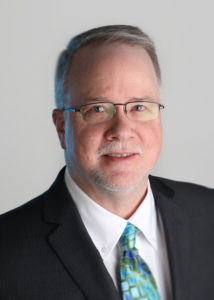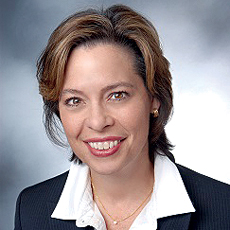
One expert believes there will be an “evolution of therapy” for skilled nursing operators under the new Patient-Driven Payment Model as reports surfaced of layoffs and reorganization following the implementation of the new reimbursement system Tuesday.
Therapists who work at skilled nursing facilities are speaking out following “thousands” of layoffs amid PDPM’s deployment, Modern Healthcare reported.
Genesis Healthcare, in a statement to McKnight’s on Wednesday said it has reorganized its therapy gyms in response to PDPM and other industry changes. The company laid off 585 out of about 10,000 Genesis Rehab employees.
“Genesis continues to strive to improve patient experience and overall population health while reducing the per capita cost of healthcare,” the statement said. “Consistent with those goals, we continue to focus on clinically appropriate interventions while striving for the best outcomes at the lowest cost.”
One McKnight’s reader commented that they were one of five therapists laid off the day before PDPM took affect. The company had a total of eight therapists prior to the layoffs, the comment said.
“I’ve already made some calls to other SNFs in the area but they too are handing out pink slips and have no plans to hire for now. I’ve been a PTA for over 30-plus years and I’ve had it with this profession. (I) went through PPS in 1998 and saw a lot of my friends, not only lose their jobs, but carriers (sic) as well,” they added.

Brian Ellsworth, vice president of public policy and payment transformation for Health Dimensions Group, a consulting company for post-acute, long-term care and senior living providers, said the company hasn’t seen “massive layoffs” but suggested that if there have been any, they could be based on the financial position of some providers.
“That may be occurring in some places, depending on what the facility’s financial position was under RUGs. Their current financial position may dictate a sense of urgency on making wholesale changes sooner rather than later,” Ellsworth said. “For the most part, we expect to see an evolution over time as people understand how the new payment system works and have a better idea about how outcomes relate to amount of therapy provided.”
Ellsworth noted the company has been warning that “there’s going to be an evolution of therapy under PDPM.”
“PDPM is a big change, particularly with respect to therapy and the importance of therapy minutes driving payments. Now, it’s patient characteristics driving payment under PDPM,” he noted. “We expect to see an evolution in the provision of therapy and have been counseling providers to avoid knee-jerk reactions to the payment system change.”
A lot of providers have been coping with the transition to PDPM this week and are focused on getting assessments done and completing all of the items on the MDS, Ellsworth added. He also noted that providers need to align their operations, therapy contracts and setup their software systems to make sure they have all different payer requirements in place.
“In terms of the reaction of therapy providers, we are seeing many attempting to add value to their basic services by positing themselves as helping providers with coding, the MDS and chart reviews. How much those value-added activities will occur in practice remains to be seen,” Ellsworth said.
“Many therapy contracts between SNFs and therapy providers have only been modified relatively recently. One of the things we have advised our clients is to make sure they revisit those contracts in three to six months after a period of time of phasing in the system,” he added.
Ellsworth also said the “recent change of allowing [therapy] groups to be as small as two is a welcomed change.”
“Whether it’s group or concurrent [therapy], we’re going to certainly see increases in groups of two,” he noted. “Whether we’ll see larger groups of group therapy depends primarily on how big the facility is and the acuity levels of the patient population.”

Cynthia Morton, executive vice president for the National Association for the Support of Long-Term Care, said her organization, which includes many therapy providers, has no information on any industry layoffs. She said “there’s no reason to really panic.” Adjusting to PDPM is going to take a little trial and error from providers, she added.
“I think there’s a lot of emotions out there because we’re on Day 2 of this new system,” she said. “For some clinicians in the nursing facility, all they know is the RUG system. We’re on Day 2 of the world being very much changed for them. It’s all about assessing that patient as accurately as the clinician can in order to get the most accurate payment rate under PDPM.”
“CMS is an active participant in monitoring what’s going on out there, which I think is a good thing,” she added.
EDITOR’S NOTE: If you would like to talk to McKnight’s about changes you’re experiencing under PDPM, including any shifts in therapy staffing or practices, please email us at [email protected].





